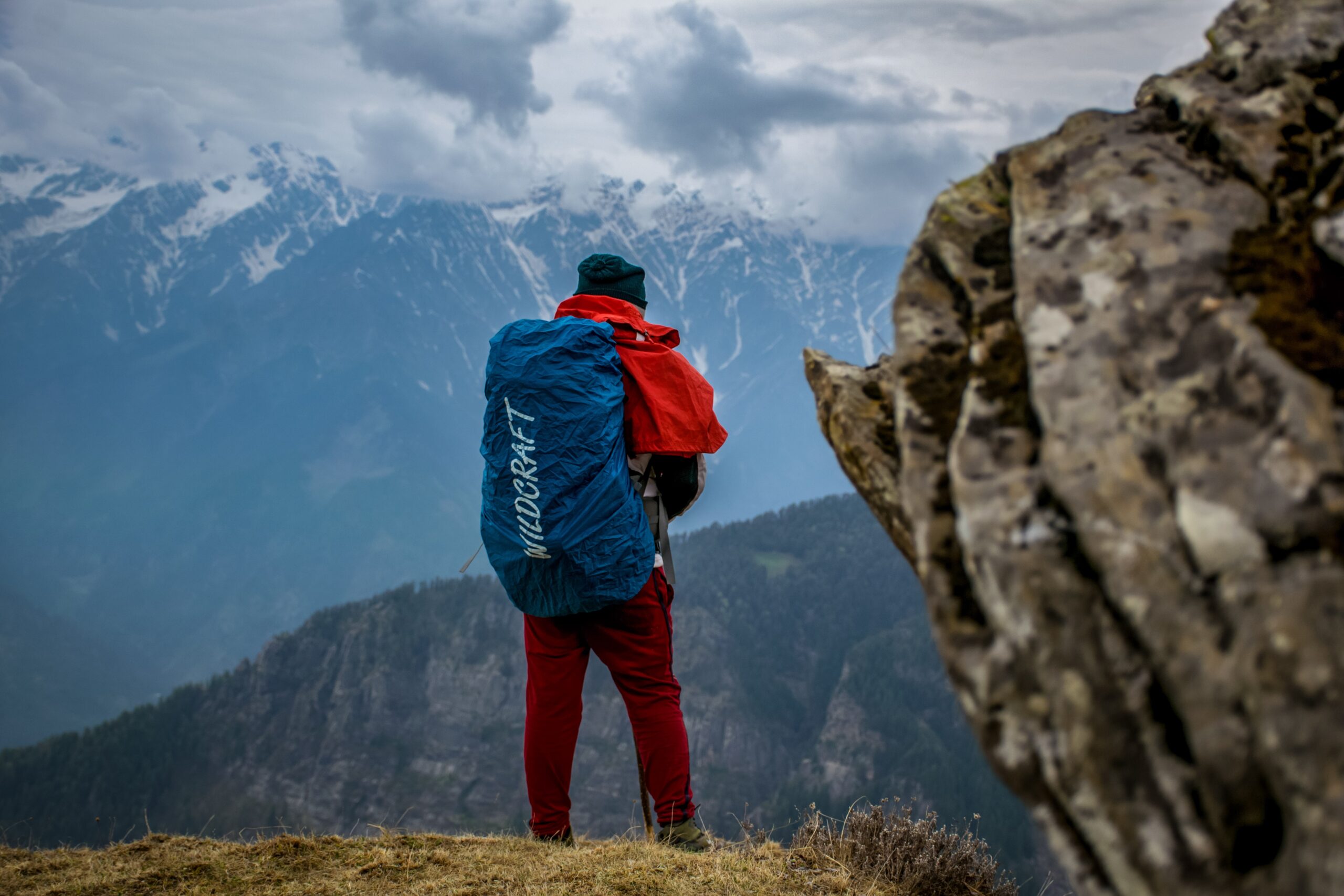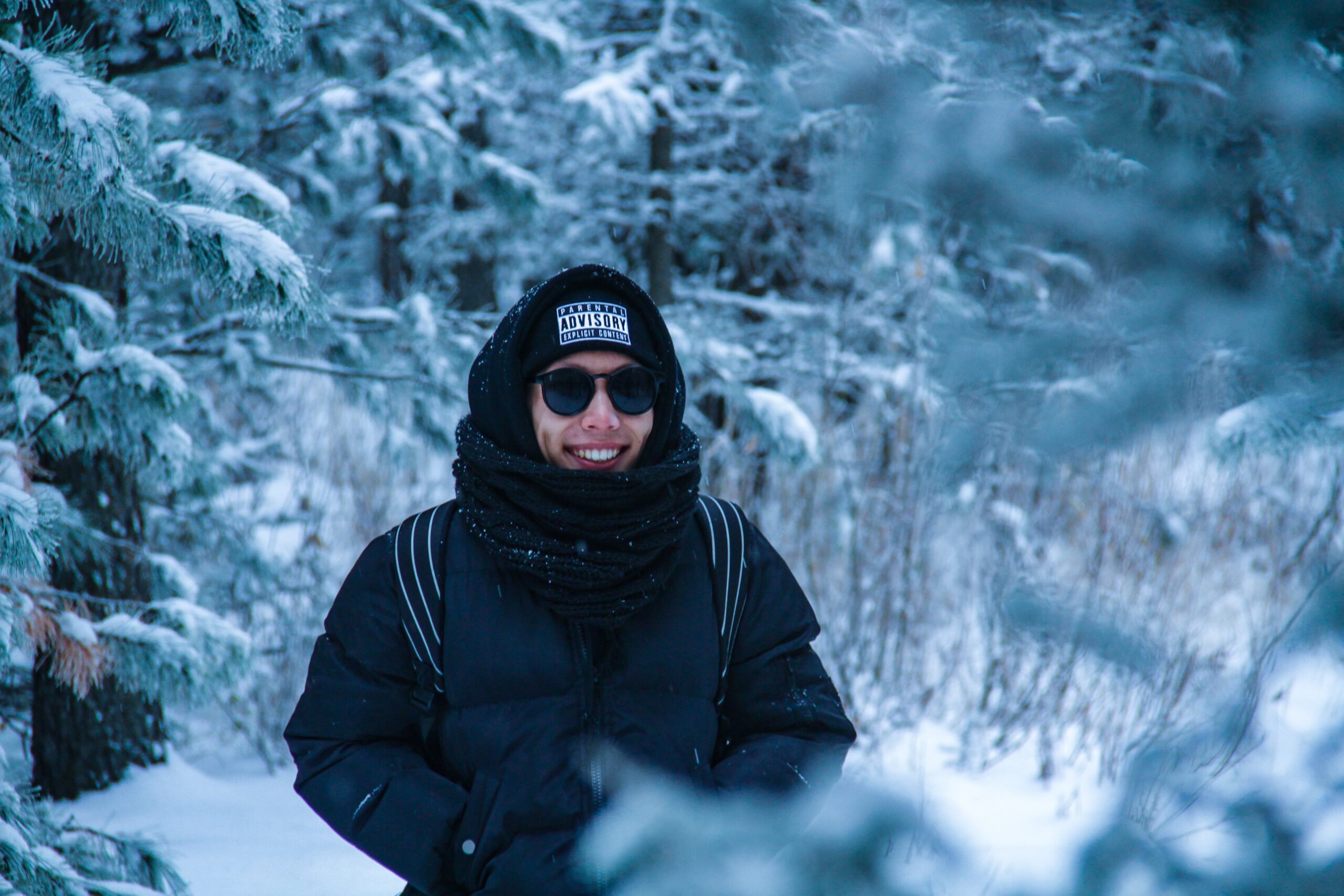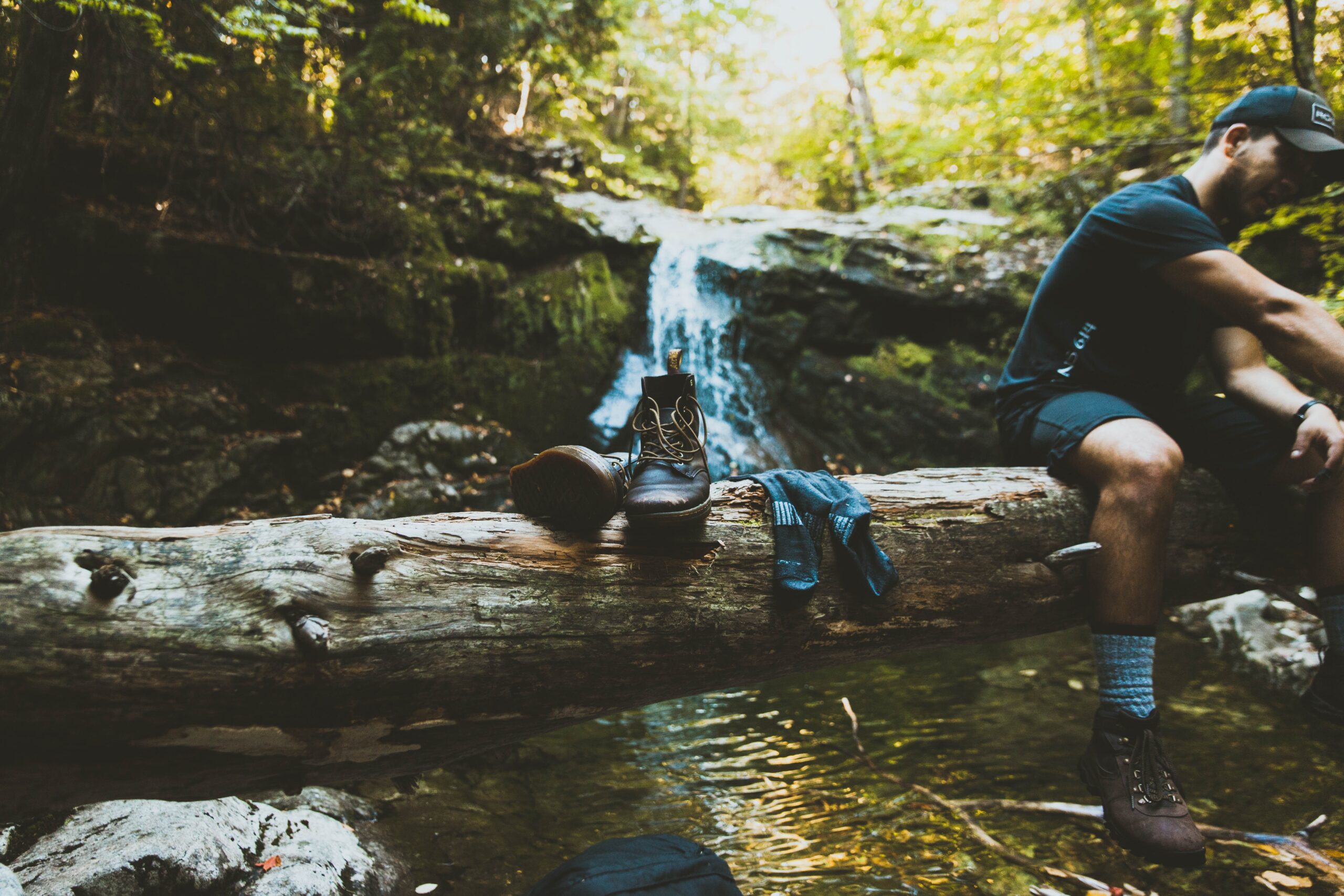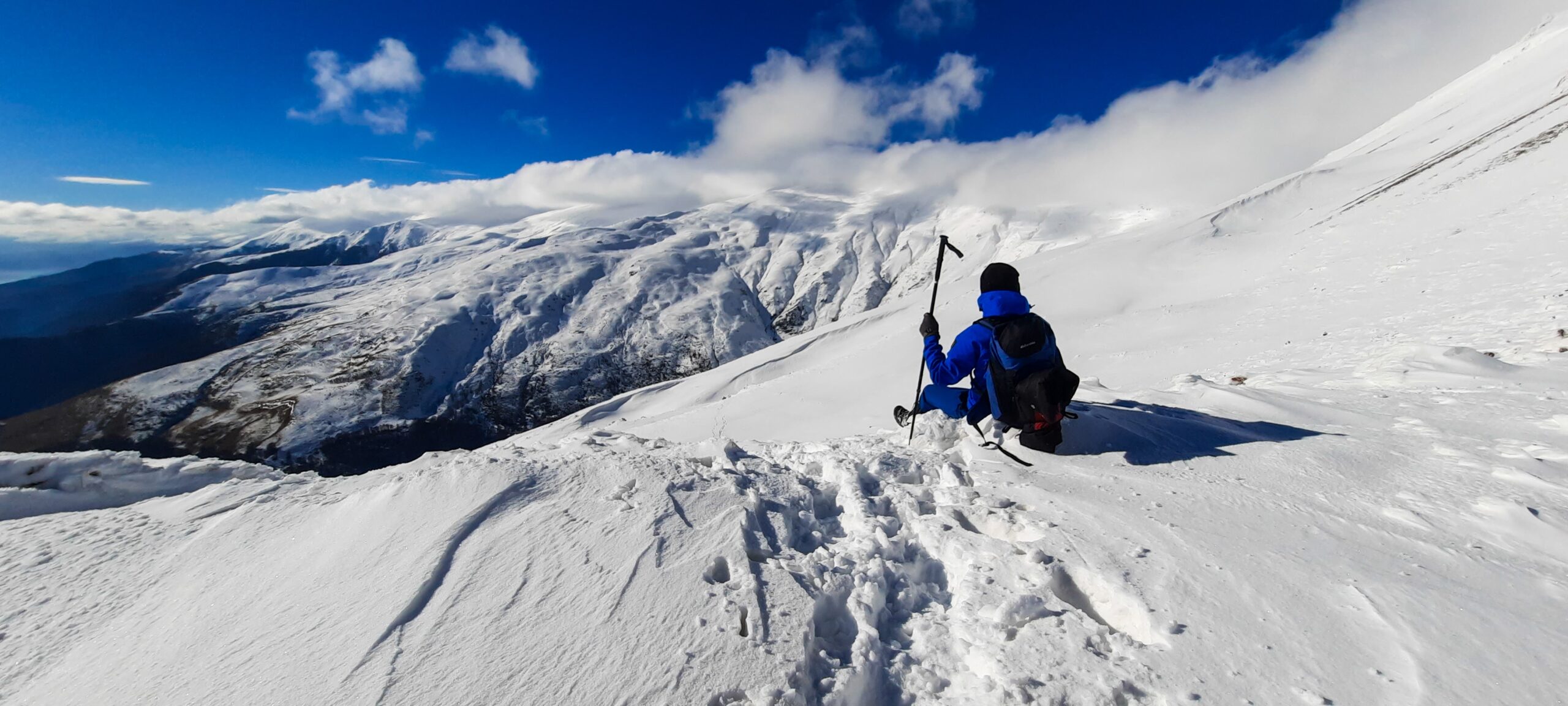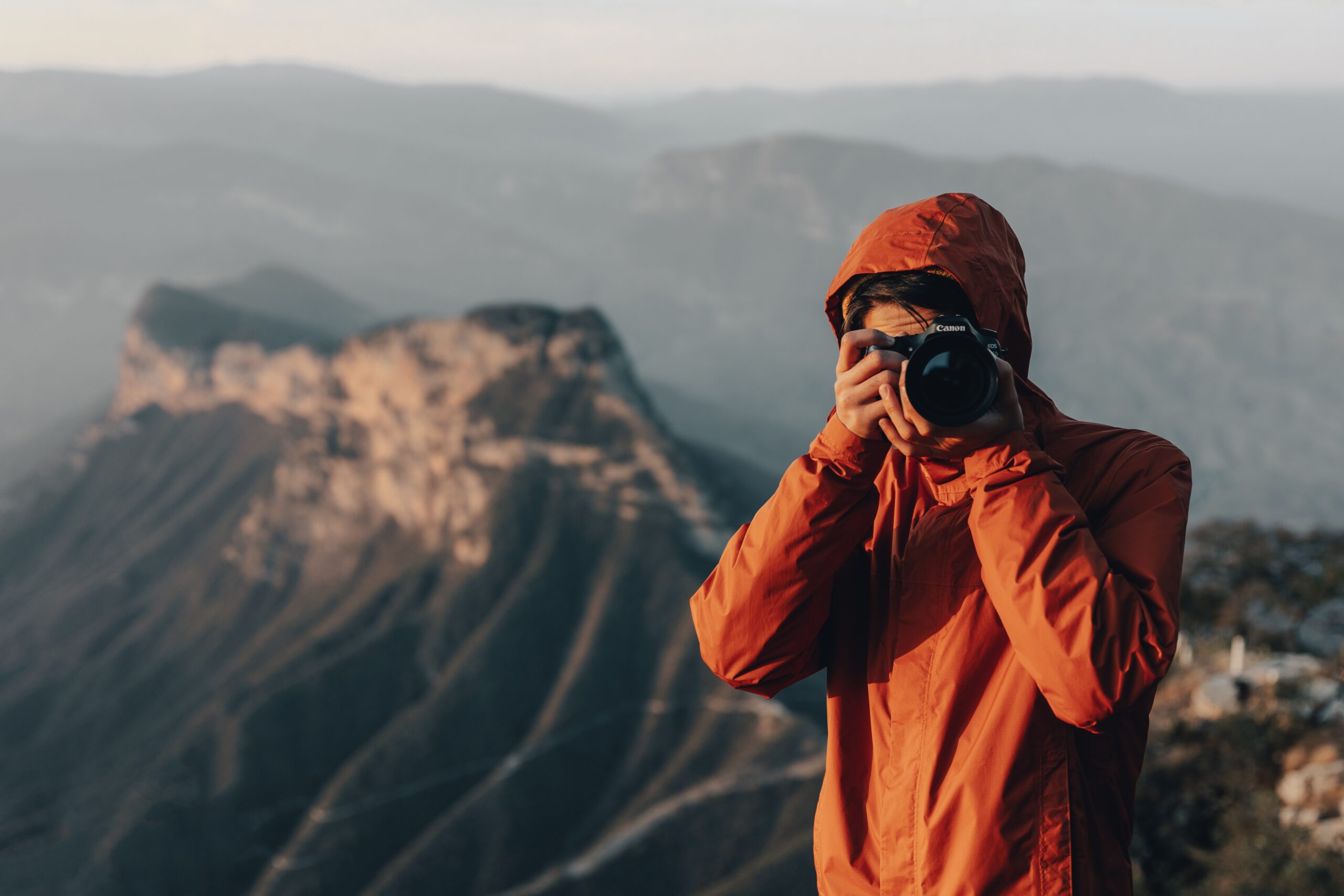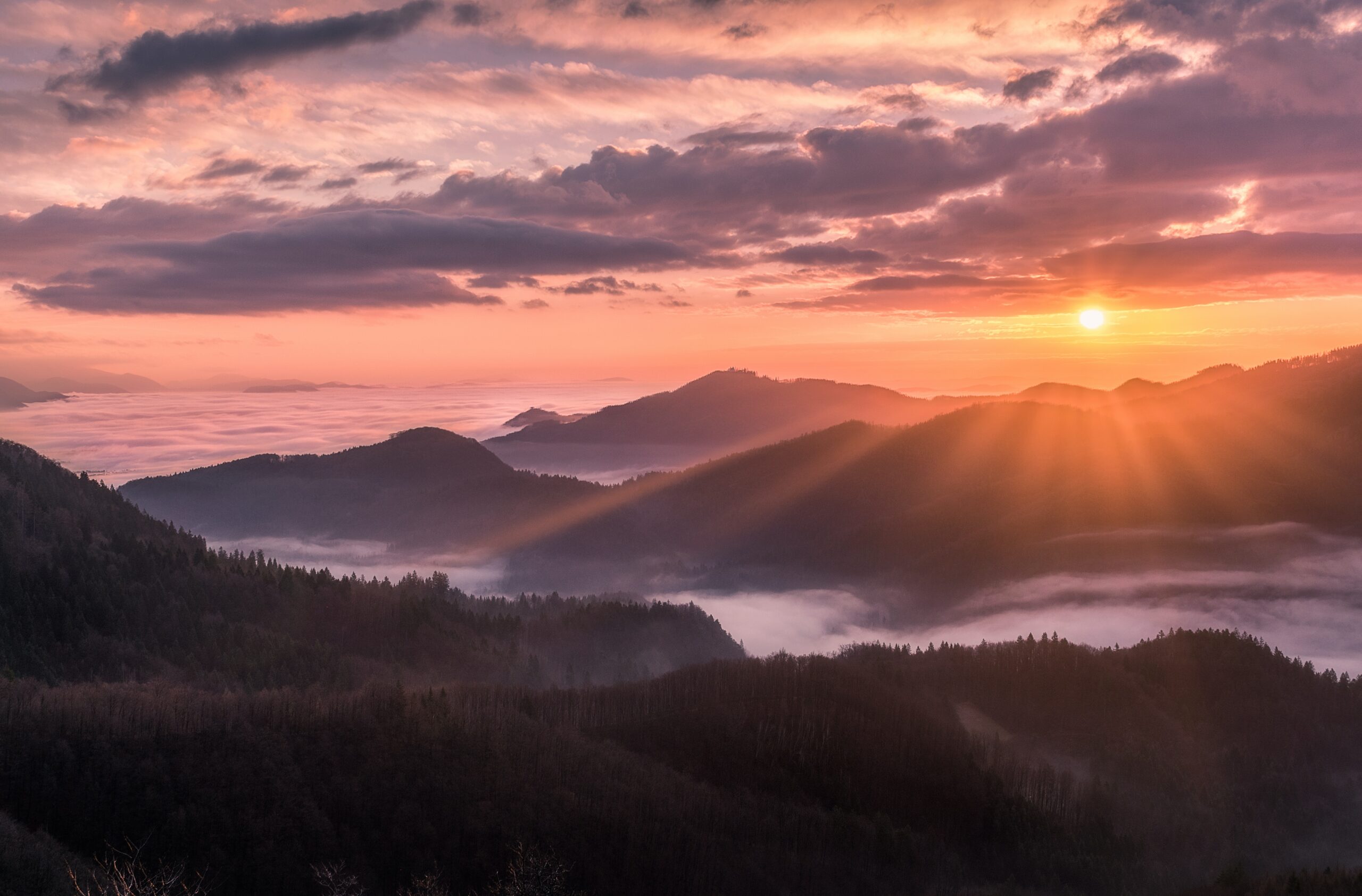The mountains are a taste of adventure, a discovery, a journey out of time, and a magnificent and mystical atmosphere. It brings fascination, wonder, and sometimes fear.
A mountain getaway gives something special at any time of year. A trip to the mountains is always enjoyable, whether it is for the clean air and clear skies in the summer or the snowy peaks and cozy lodges in the winter.
What you pack in your travel to the mountain could save your life, or at the very least, it will keep you warm.
Essential Clothes
Layers
To stay comfortable during mountaineering, dress in layers. Layers allow you to adjust your comfort level by putting on and removing items as conditions or your exertion level changes. You can pause and take off your jacket if you start sweating and put it back on if you feel cold.
Base layer
A good base layer is essential for your layering strategy. It should be a light t-shirt, long-sleeved t-shirt, or light thermal worn next to your skin. It should be a thin, sweat-wicking cloth. You can even get anti-bacterial lining on materials if you’re prone to stinkiness. Polyester and merino wool are both excellent choices.
Mid layer
Depending on the season and the weather forecast, you may want to pack an extra mid-layer. It provides warmth, abrasion resistance, water resistance, and wind resistance. You can pack fleece jackets, soft-shell jackets, and soft-shell climbing pants during winter.
Insulation layer
The insulation is determined by where you are going and the time of year. You will need a hefty insulated jacket and insulated pants for climbs that take you to mountains where cold temperatures are the norm. A lighter jacket and no insulated pants may suffice for lower peaks or summits where extreme cold is not a risk.
Outer layers (Rain Jacket and Pants)
Packing a shell ensures that you will be comfortable in any condition. A thick waterproof coat is always an option, although many thin layers are usually preferred. A waterproof jacket and pants protect against wind, so don’t hesitate to put them on even if it’s not raining or snowing.
Long underwear bottoms
These are a must for climbs in the mountains. During a warm approach hike, you will probably keep them in your pack, but you can wear them underneath the climbing pants when you are cooling off at camp or getting ready for your summit climb. They are also comfortable for sleeping in. Wool or synthetic material-made lightweight or midweight long underwear bottoms are a good option.
You might choose heavyweight long underwear bottoms for early- or late-season climbs where you will experience chilly weather.
Underwear
What style of underwear you choose is a matter of preference. Moreover, breathable and airy underwear made of wool or synthetic material is a good choice.
Bras
The most comfortable sports bra is usually a pullover style with no clasps. The metal or plastic parts on other designs of bras can dig into your skin when carrying a heavy pack.
Socks
Quality socks are great investments for keeping your feet warm, dry, and comfortable on a long climb. Never choose cotton over wool or synthetic. The length of the journey and your personal preferences will determine how many pairs to bring, but for a few-day, two pairs of socks are usually sufficient. Choose a lighter weight for lower-mountain temperatures and a midweight or heavyweight for higher elevations.
Boots
Boots may make or break you. Get some shoes with good cushioning because it is best for your joints.
High ankle support will prevent you from rolling your ankle on rough terrain. Lighter trail running boots save energy but provide less support.
Getting well-fitting boots is essential for avoiding blisters, but you should also have moleskins or blister tape just in case.
Waterproof boots are a bonus because they allow you to go anywhere while keeping your feet dry at all times.
Must-Have Accessories
Hat
A hat is necessary for mountaineering no matter the time of year because you can be hiking all day.
Sun hat: When trekking under the intense sun, a wide-brimmed hat or baseball cap is necessary for protection. Some hats have a sun cape that covers your neck on the back.
Winter hat: Bring a low-profile winter hat that will fit under your climbing helmet.
Gloves
Liner gloves: Lightweight liner gloves are best to have when you lower down on the mountain where the temps are not too cold, yet you still want a little warmth and some protection against the snow if you slip and have to put a hand down. Liner gloves also provide sun protection.
Midweight gloves: Your liner gloves might not be warm enough as you ascend the mountain. Midweight gloves have enough flexibility to handle ropes, hold an ice axe, and operate zippers while providing adequate warmth for cold weather.
Insulated mittens: Insulated mittens might stay in your pack, but you will be glad to have them if needed. It is ideal when you are high on the mountain in cold weather conditions. It will keep your fingers remain warm.
Glasses and goggles
Glacier glasses: On the mountain, your everyday sunglasses might not be adequate. Glacier glasses are specifically to protect your eyes from the intense light at high altitudes and sunlight reflecting off the snow. They often feature wrap-around extensions to prevent light from entering at the sides. Most glacier glasses have a visible light transmission.
Ski goggles: In addition to your glacier glasses, bring a pair of ski goggles if you expect freezing temperatures and strong winds. They will keep the chill out better and will be warmer.
Neck gaiter or balaclava
Put on a neck gaiter or balaclava when the wind picks up and the temperature drops to keep your face warm. For mountaineering, a neck gaiter with multiple wear options is extremely useful. This clothing item can be used as a face mask, hat, or ear band.
Reusable water bottle
One of the most essential items you should bring is a water bottle or a tumbler. Always bring more water than you think you will need in case someone in your group runs out or you get lost. Bring a reusable water bottle or a tumbler to cut down on plastic waste.
Other Necessities
Sunscreen
You may get pretty pasty and gets a little overcooked without it. Like any other summer vacation, you want to protect your skin, though.
Bug spray
There are times when you seriously need this.
Bear spray
Keep it handy while hiking and hope you never have to use it! Most rental shops in the mountains have this available for hire.
Hiking poles
If you have terrible knees or when you feel like you needed one, hiking poles are great. If possible, you should use telescopic poles, with shorter poles for ascent and longer poles for descent.
Snacks
You will be doing a lot of physical activity, so pack healthy snacks to keep yourself fueled. Chocolate bars, dried fruits, or trail mix are the perfect summit snack.
Camera
Everyone has a smartphone with a great camera. But keeping a charge on a long day can be a challenge. Take a backup camera with you to capture all your mountain memories. Something durable and waterproof is advisable.
Hammock
If you have it, bring it. There are plenty of hammock-able spots on the mountain. It is a great feeling swinging after a hike or resting a bit.
Pre-Trip Preparations
Before you even go, start getting ready for your trip and packing. Here are some additional pre-trip advice.
Rest
Do not start your trip off exhausted. Prepare for the day by going to bed early!
Drink Water
If you have not spent much time at high altitudes, your body will need that additional water intake. Start hydrating before you leave and bring water to all your adventures.
Check the Weather
Check the weather within a day or two of leaving for your mountain getaway, so you make sure to pack the appropriate clothing and be prepared.
In conclusion, with these items, you will now be ready for a mountain getaway. And, with so many great options out there, there’s no reason your 1st or 50th mountain experience shouldn’t be as satisfying as possible.

